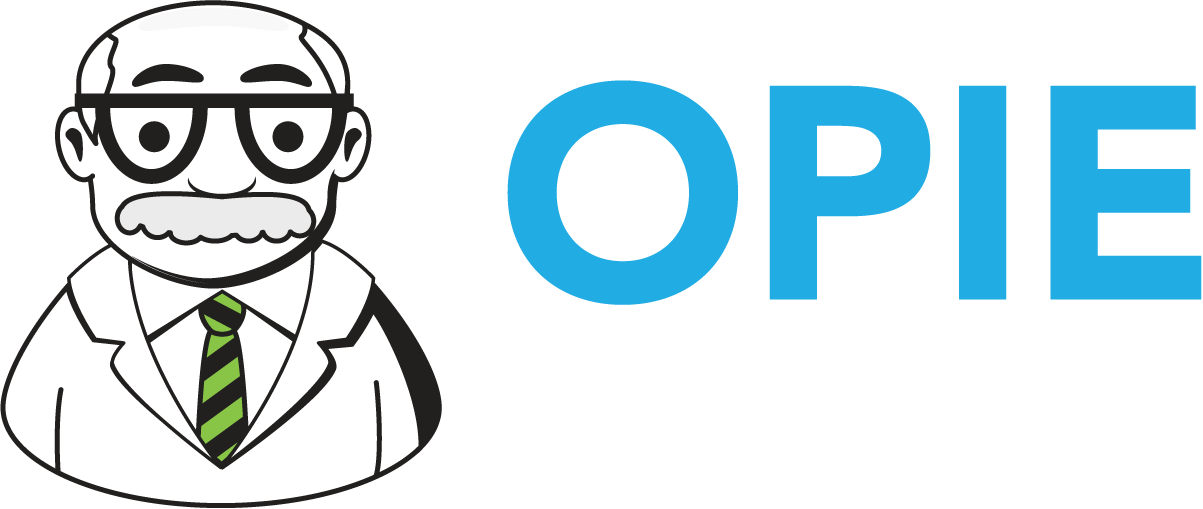When Clinical and Administrative Goals Collide
Archive Select Blog- Originally Published February 25, 2021
Do you ever have conflict in your office when the administrative staff and the clinical staff disagree on who should do what and when? This is not unusual and is not limited to O&P practices. If you have taken nothing else from everything we have been saying at OPIE, I hope the concept of “People, Processes, and Tools as a three-legged stool” has stuck. Without all three working in harmony, your practice is going to be limited in what it can do. The three distinct aspects of your practice must be working together. No one thing will let you be great. I talk a lot about creating a high-performing team based on the teaching we have had from John Spence. According to the Medical Group Management Association, at least in healthcare, a model for such a team was established 1908 at the Mayo Clinic by Will Mayo, but more on that later!
As our community grows, we know from our own experience that there are a few challenges we face in O&P that no one else has experienced. When we work together, it really is amazing what we can build and learn. Over the past few years, we have come so far in understanding how essential it is that all systems work together. And while you must have all three of the stool legs to be successful, it is very important that you start with the people. To paraphrase Jim Collins, it is not enough to have the right people on the bus, you must get them into the right seat. And as your company grows and morphs, sometimes the seats need to shift around. Just because a person’s seat was the right fit a few years ago, does not mean the seat fits them anymore. And just because the seat doesn’t fit does not mean that person doesn’t fit either. This is where leadership comes in, and it is not always easy.
Mayo recognized that his traditional model of leadership, with the physician in charge of the practice, did not produce optimal outcomes. But he also recognized that effective clinical practice management requires input from both the clinical and the administrative sides of the house. Today, we call this “Dyad management” which means, “something that consists of two elements.”
The concept is that an administrative leader and a clinical leader act as a formal team that makes the management decisions for the organization. Neither is “over” the other…they are truly a partnership. Like every other “people” decision, choosing the people who sit in these seats is not always easy and should be done judiciously. Just because you are the owner does not mean your butt fits the seat!
A March 2015 presentation at MGMA listed four attributes that leaders should possess if they are going to be part of a successful dyadic team:
Effective Communication
Enjoy working as part of a High-performing team
Able to solve complex problems
Respected by their peers.
And according to the MGMA, research has indicated that there are three critical success factors for high-performing Dyads:
Role definition: Each leadership role has a disciplined scoping and explicit delineating of responsibility. The most effective dyads delineate roles. They do not duplicate work; rather, they are advocates and supporters of each other. Communication is critical and both parties must understand their share of the common work.
Accountability: Leaders are held accountable for specific, measurable goals — some shared, some separate, but always complementary. High-performing dyads are held accountable for goals and performance toward those goals. This is standard practice for administrative leaders. Performance management goals for clinician leaders are less common but increasingly adopted. Within the dyad structure, goals should be individual and shared, and always complementary.
Authority: Leaders must have sufficient latitude and power to make critical decisions and enact necessary changes. The most important success factor deals with authority. Each dyad leader must be able to make decisions in the areas they are accountable for.
I hope this blog gets you thinking creatively about how you can implement a Dyadic model in your practice. The core concepts in this model are embedded in our education and we would love to have you and your staff participate. Check out the opportunities here and join us!

